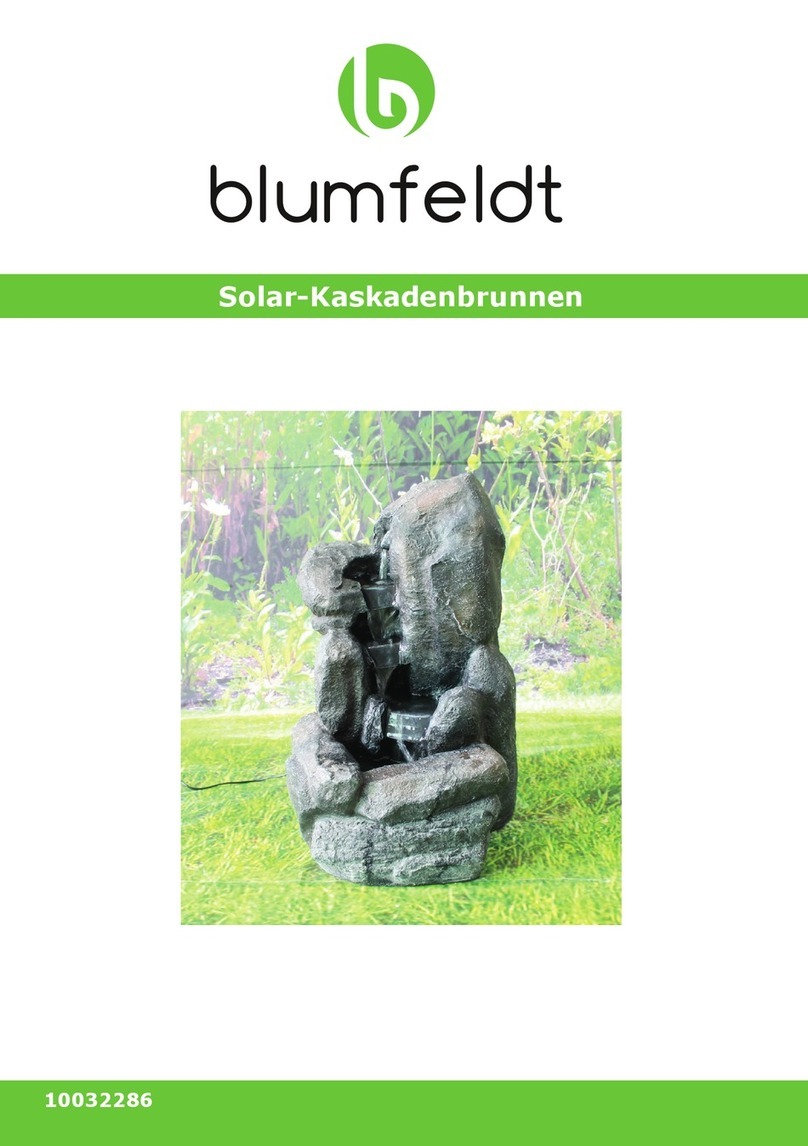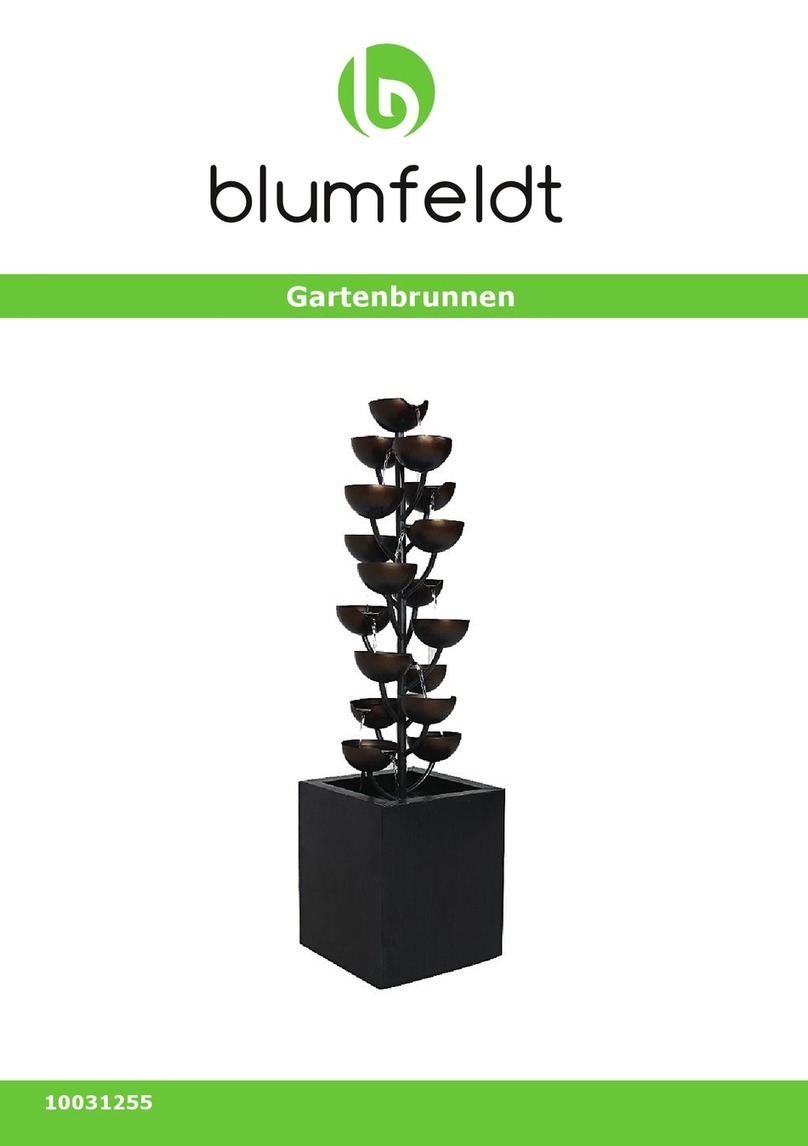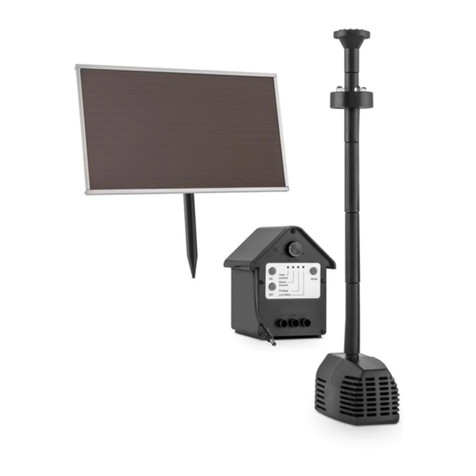Blumfeldt Liquidflow 800 User manual




















This manual suits for next models
3
Table of contents
Languages:
Other Blumfeldt Water Pump manuals
Popular Water Pump manuals by other brands
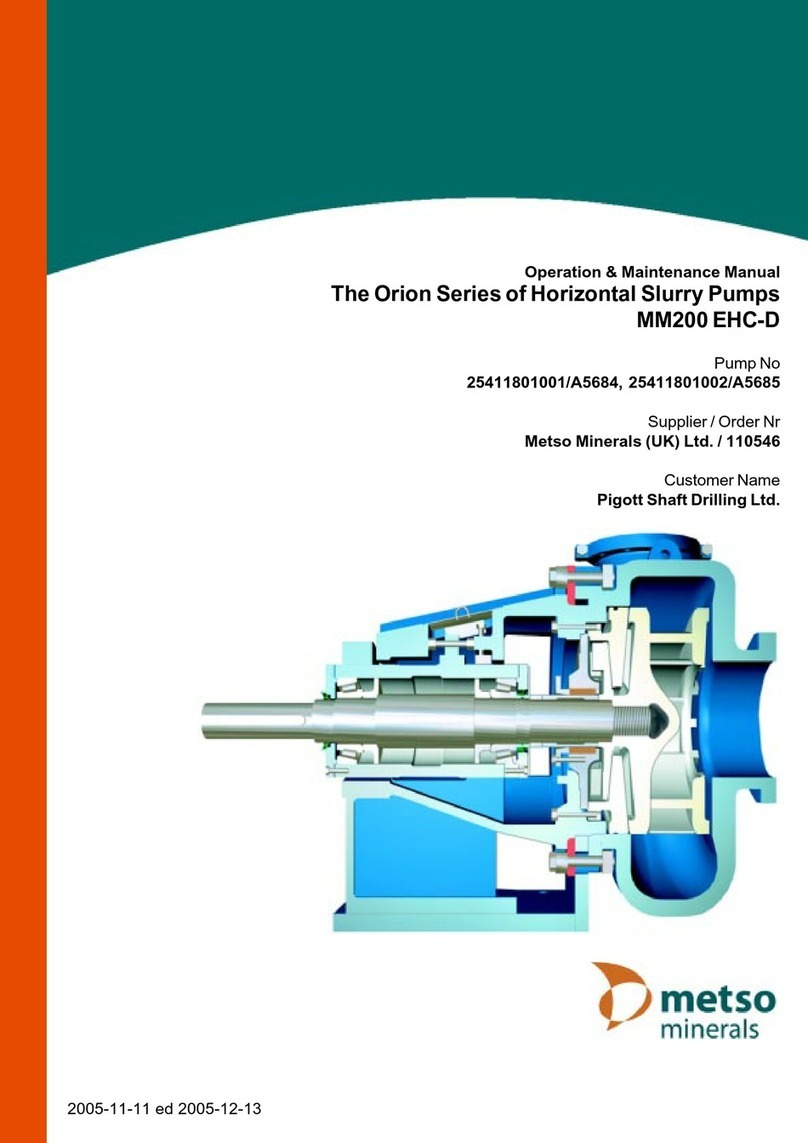
Metso
Metso Orion Series Operation & maintenance manual
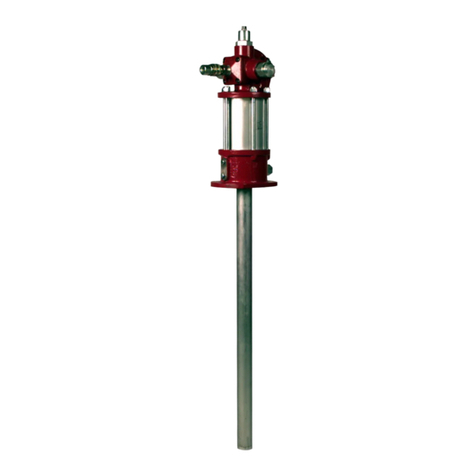
Alemite
Alemite 7783 Series Service instructions
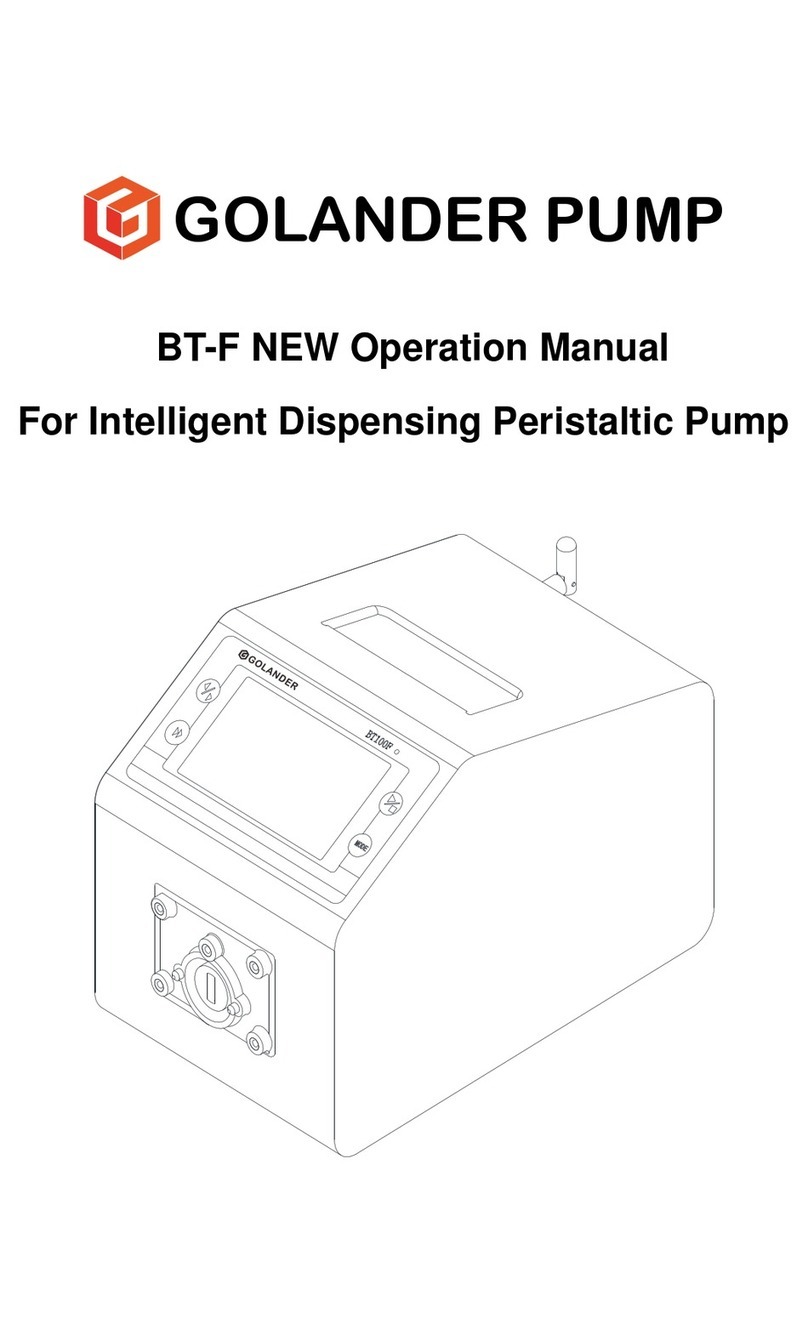
Golander pump
Golander pump BT-F NEW Operation manual
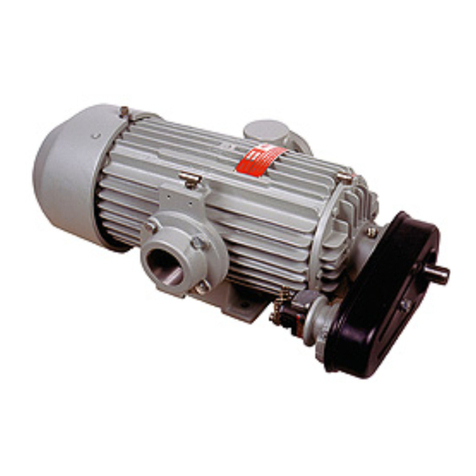
Utile
Utile L320 Installation, operation & maintenance instructions
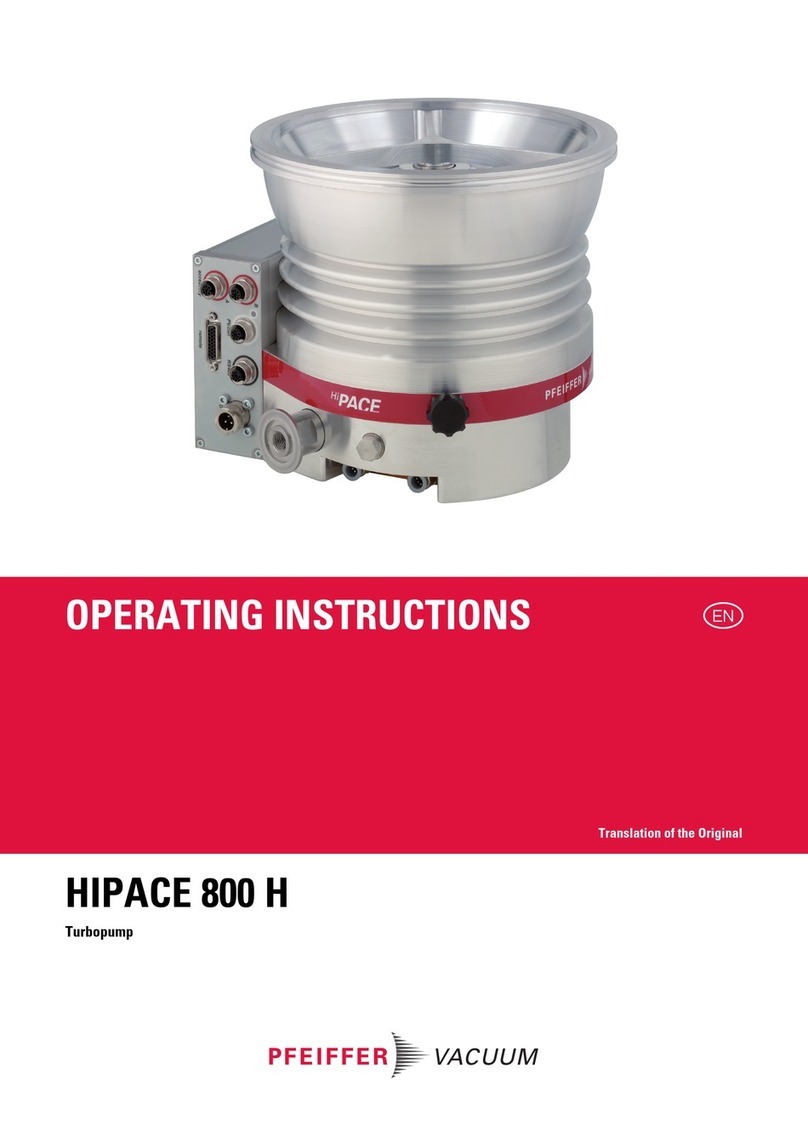
Pfeiffer Vacuum
Pfeiffer Vacuum HIPACE 800 H operating instructions
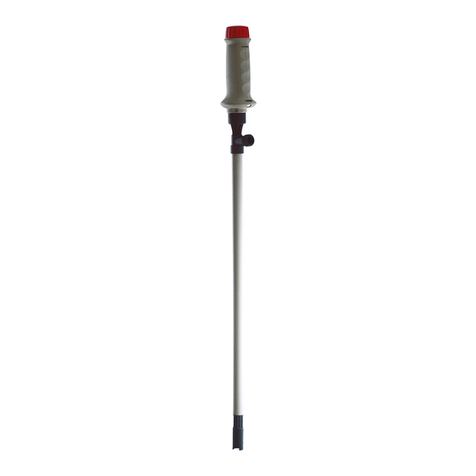
Lutz
Lutz B1 Translation of the original instructions
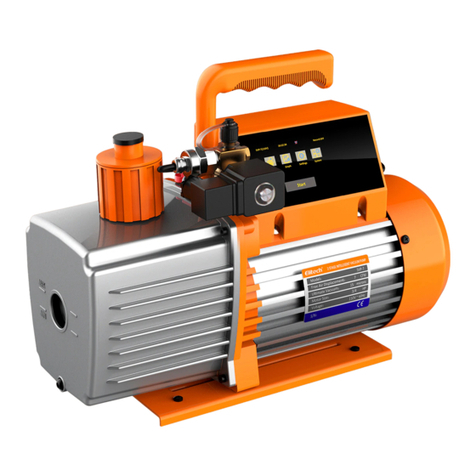
Elitech
Elitech SVP-7 user manual
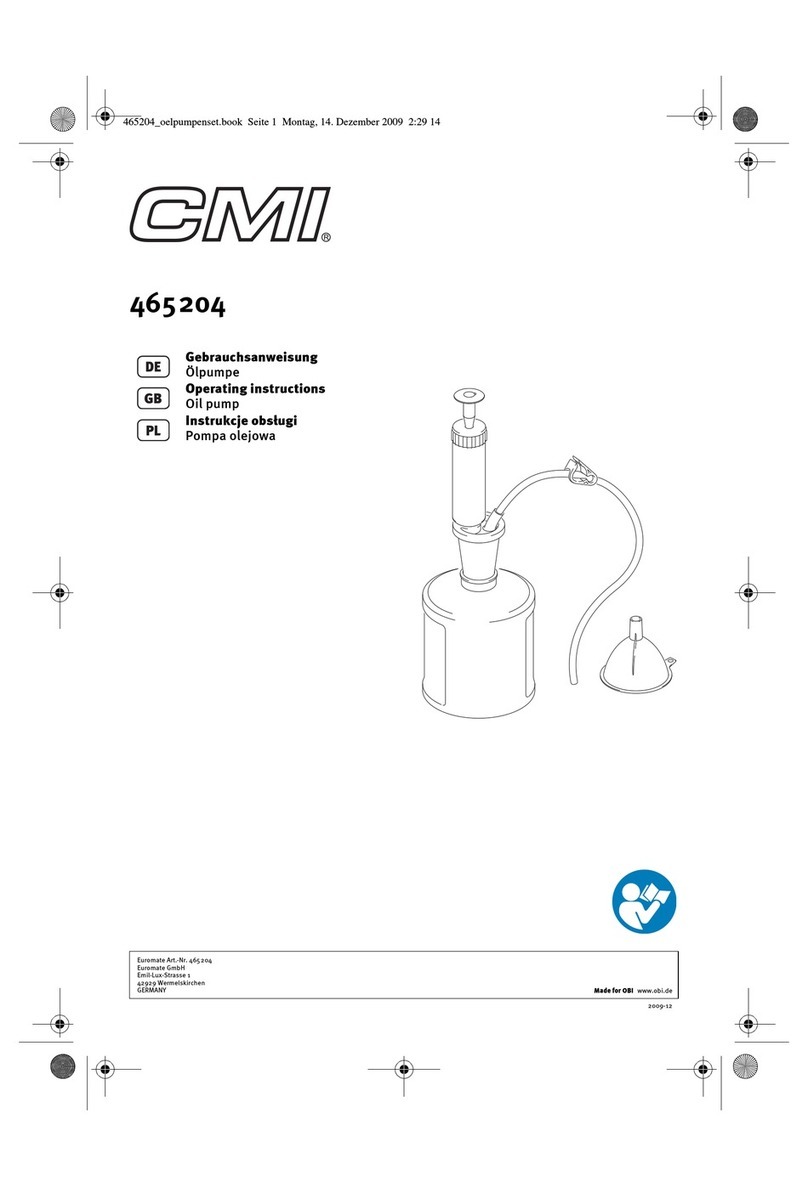
CMi
CMi 465204 operating instructions
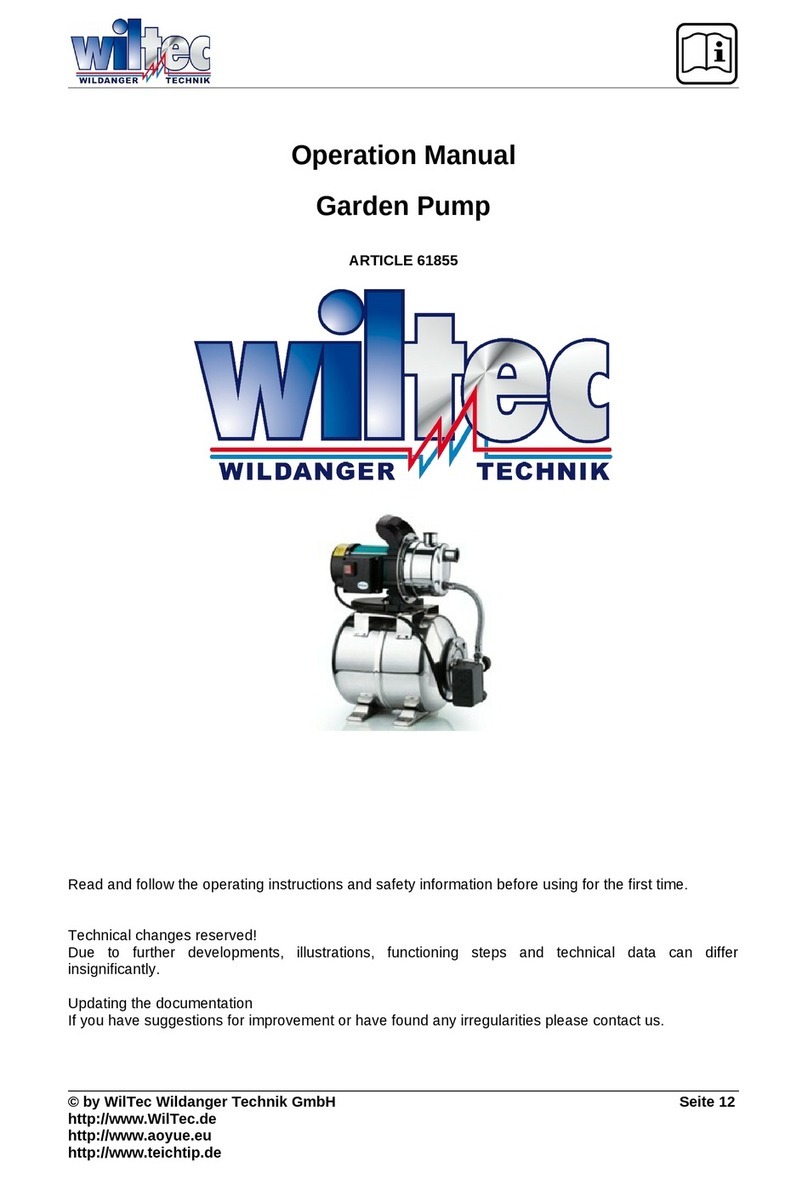
WilTec
WilTec 61855 Operation manual

Graco
Graco Dyna-Star 25A189 Instructions, Repair and Parts
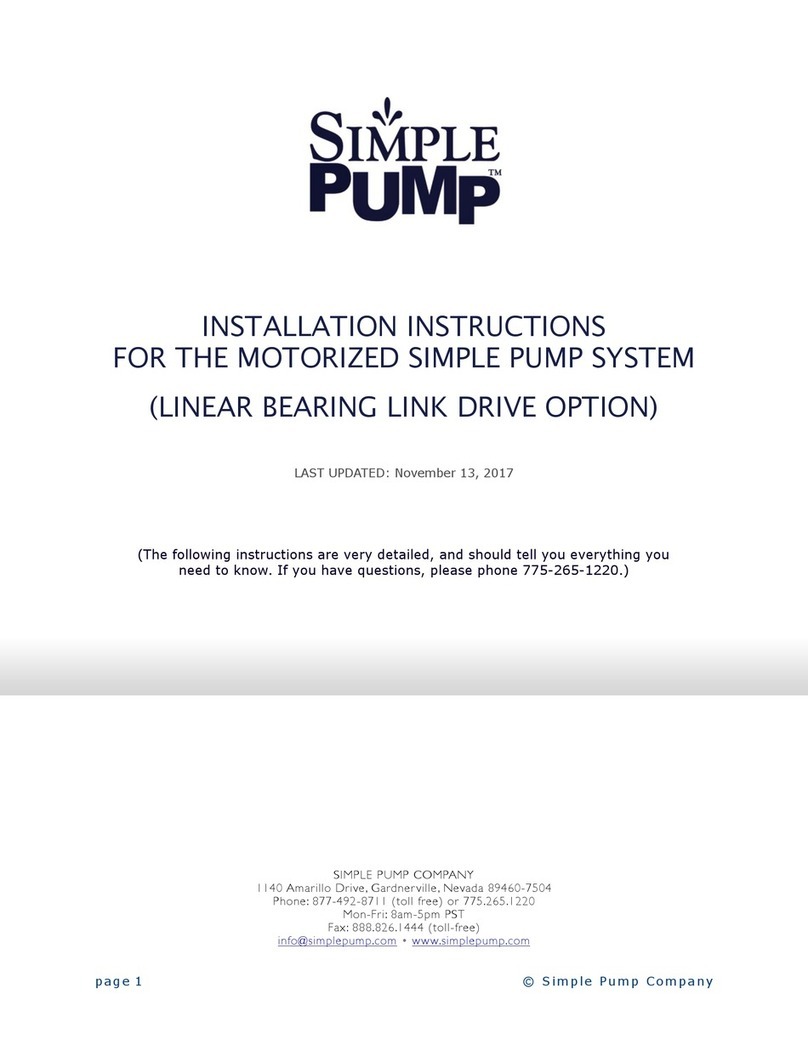
Simple Pump
Simple Pump 100 installation instructions
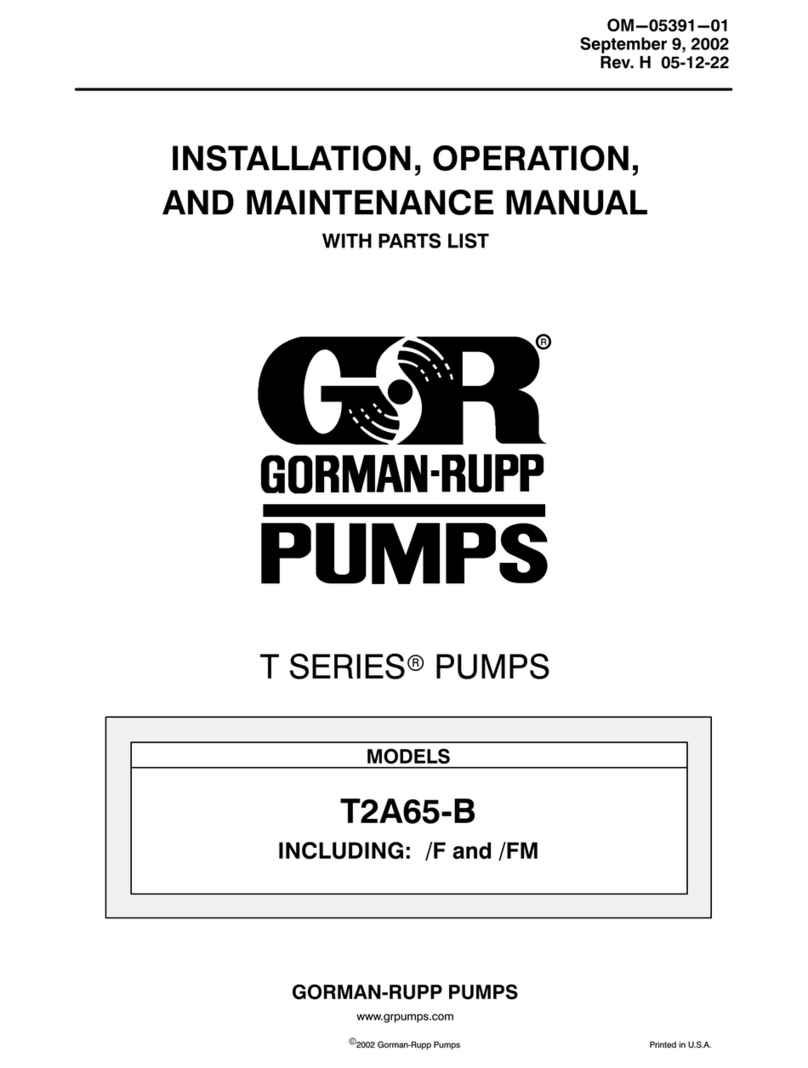
GORMAN-RUPP PUMPS
GORMAN-RUPP PUMPS T2A65-B Installation, operation and maintenance manual
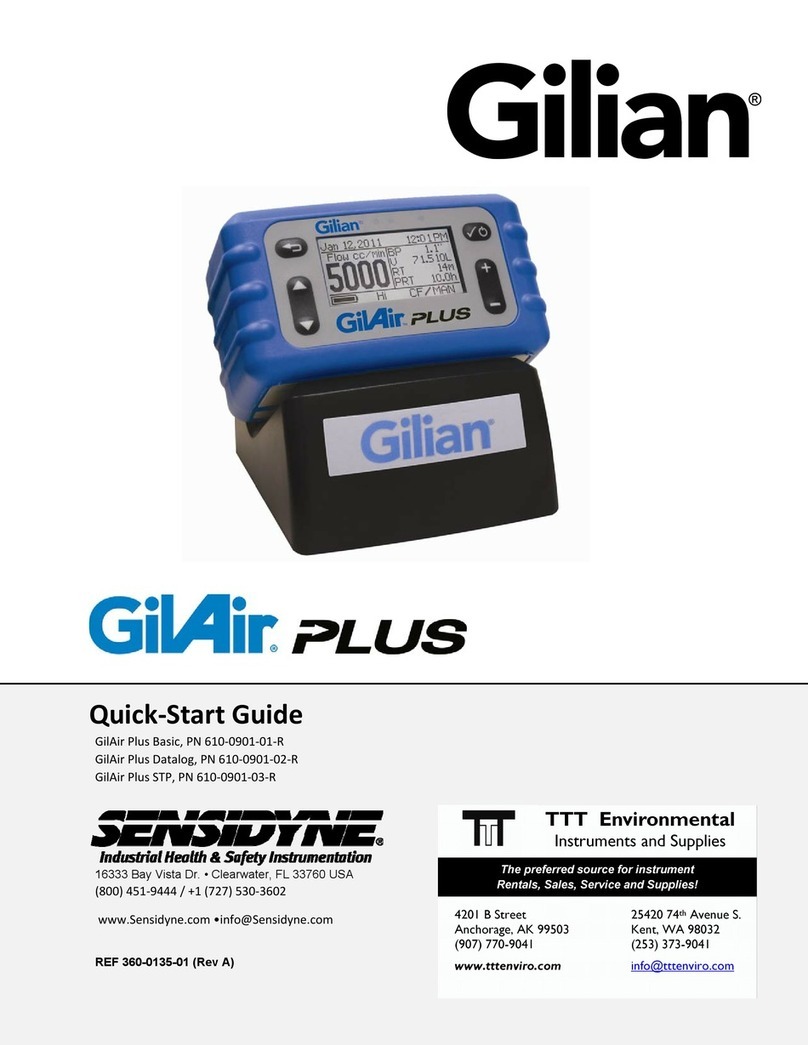
Sensidyne
Sensidyne Gilian GilAir Plus Series quick start guide
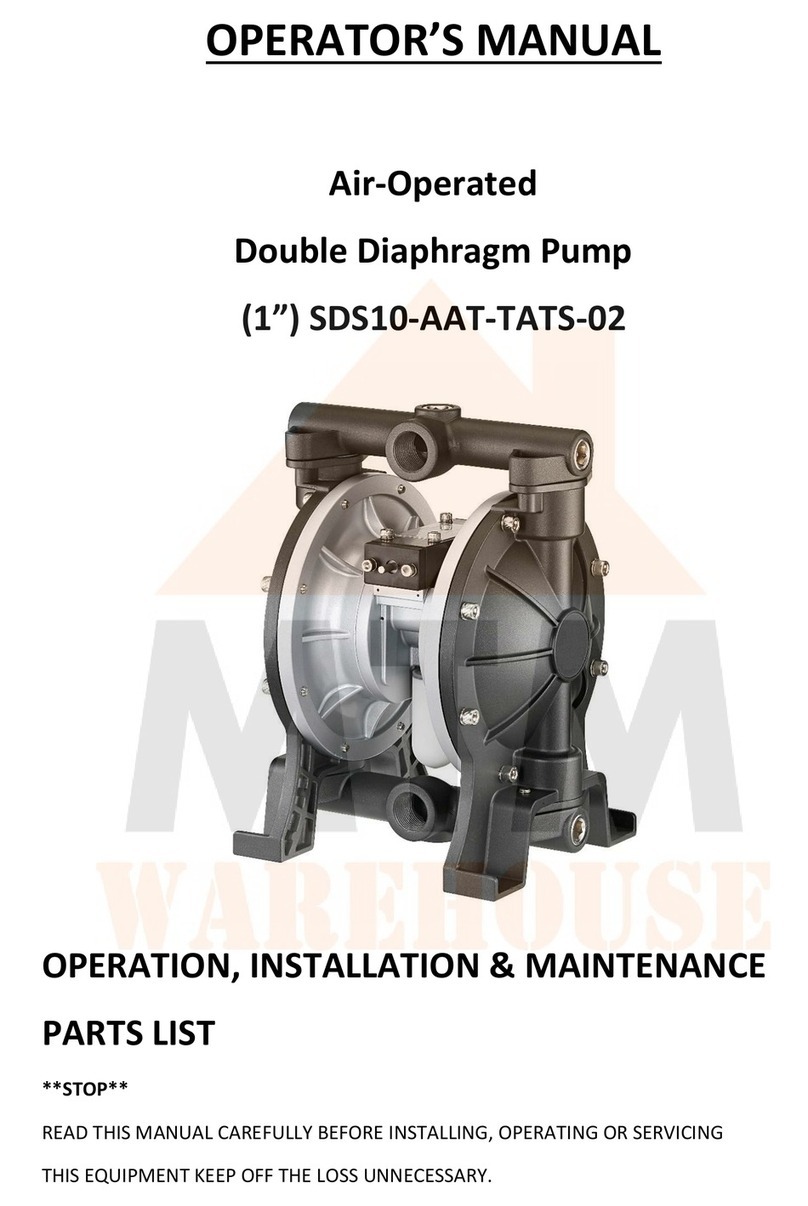
MTM
MTM SDS10-AAT-TATS-02 Operator's manual

Seepex
Seepex Macerator 110 Series Not Binding Operating and Assembly Instruction
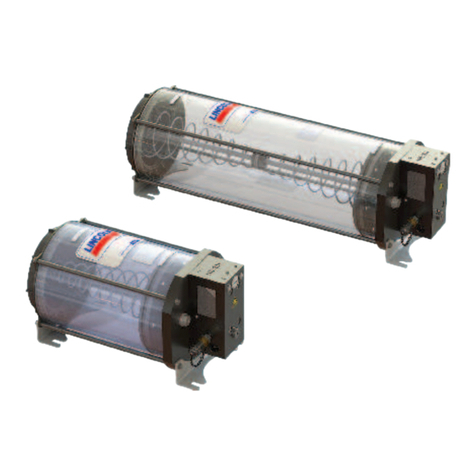
SKF
SKF Lincoln HTL 201 Assembly instructions

Teledyne
Teledyne SyriXus 65x Installation and operation guide
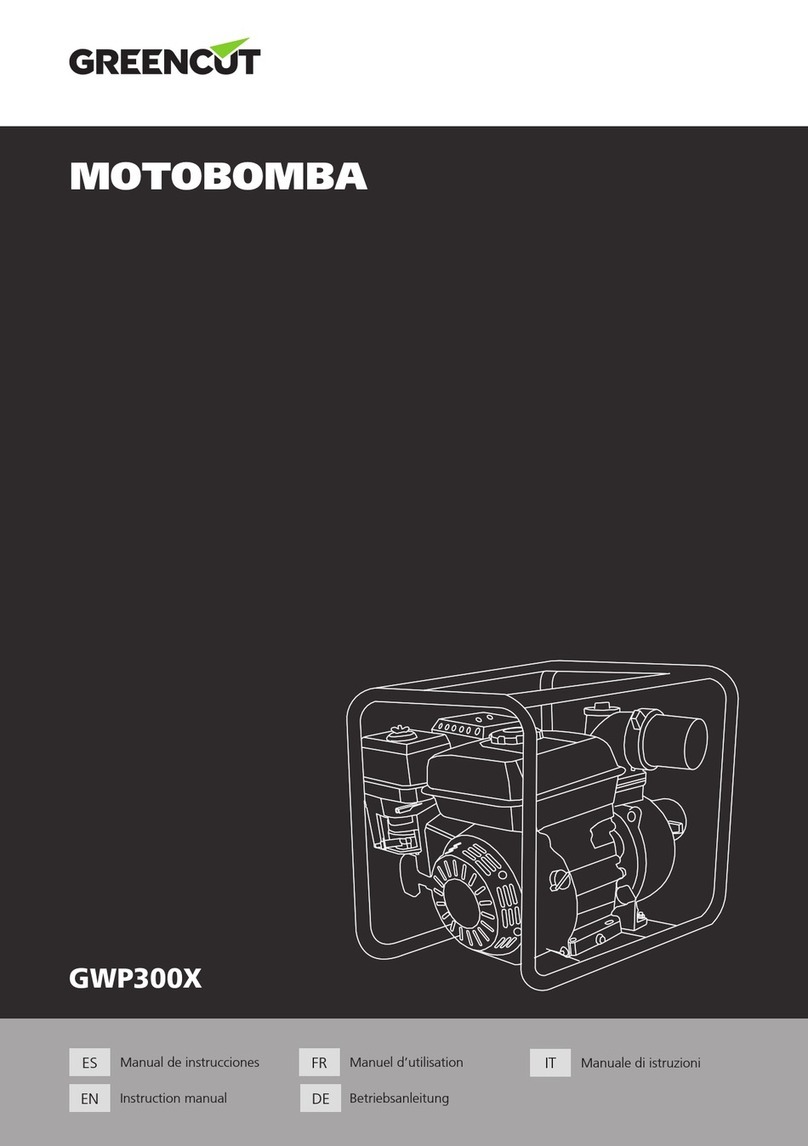
Greencut
Greencut GWP300X instruction manual
